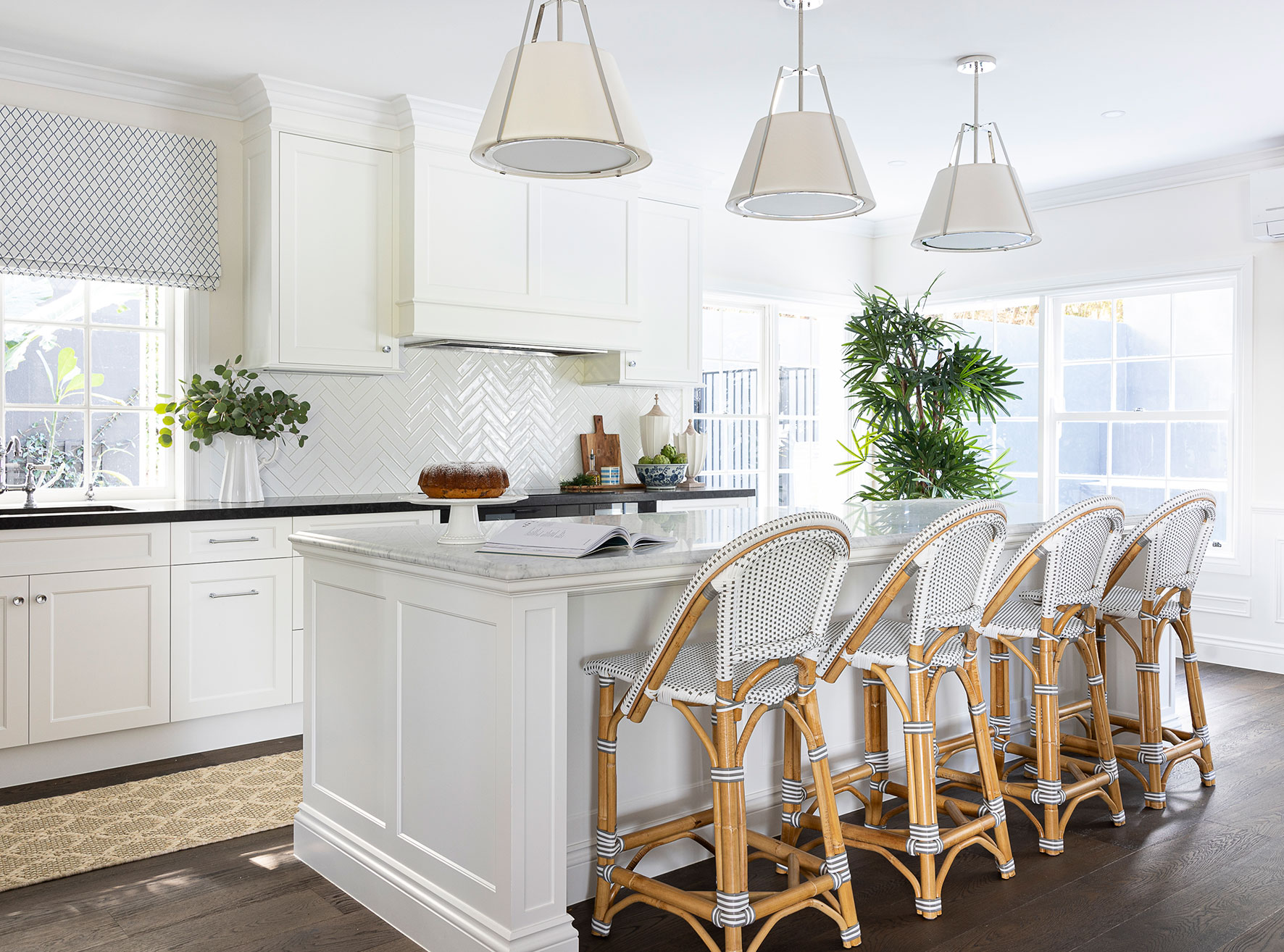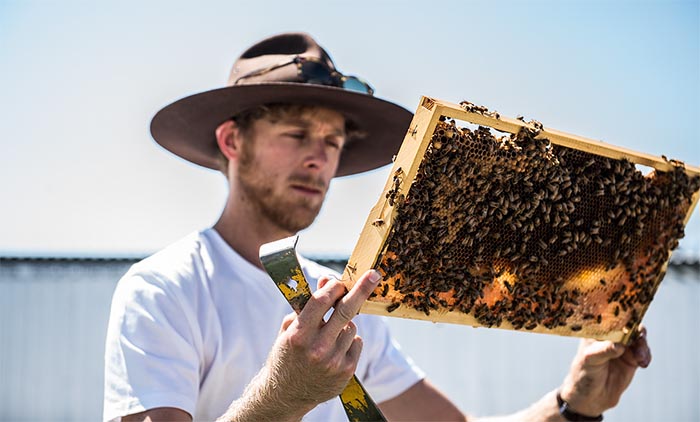
What sparked your interest in agriculture?
In 2011 I returned home after a four-year stint abroad, during which my interest in agriculture, both urban and rural, took a heightened turn when I spent some time WWOOFING on several farms (a worldwide movement linking volunteers with organic farmers and growers to promote cultural and educational experiences). Two, in particular, had a great impact on my thinking around growing food, one in Southern California just outside of Escondido and the other, Eastern Hungary on the edge of Lake Balaton.
How did you come up with the concept of Bee One Third?
It began in May 2012 while I was working together at Pearl Cafe with Kat Skull (who would become co-founder of Bee One Third). Kat and I had a mutual interest in locally grown food, and the interest grew by being surrounded by farmers delivering the weekly harvests. The difference in taste between our store-bought fruits, and the restaurant\’s small batch of grown food was astonishing, so the discussion started – we asked the question “how do we teach people about this way of living?”
We wanted to expand the conversation and educate people about the impact of industrialised food systems on our ecosystem, and thus, our national and local food security. It was a time (2012), of heated debate between backyard farmers and councils, verge gardens were exploding around Brisbane, only to be torn up by council workers. We wanted to break the council rules and create some shock with our gardens.
The original idea was to grow food on rooftops, following in the footsteps of the Brooklyn Grange (NYC). We experimented with growing food on smaller plots of land, in raised garden beds and on various plots and with various exposures to sun and ecologies, but we weren’t having much success. Despite this, we continued to research, then one day Kat looked and me and said, “Bees, what about bees?” Bees are the connector between flower and fruit and the tissue in the muscle of our food system. It began there and then. Three weeks later we had registered the business name, Bee One Third. The name comes from the fact that one in every three plates of food comes directly from a pollinating insect.
Related article: A homegrown feast from Grown & Gathered
Can you explain in layman’s terms why bees are crucial to our global food system?
Our global food supply depends on the bee (native, European or solitary) for effective pollination and food production. Over 150 vegetables, nuts, seeds, fruits, and grain require some form of flower pollination.
When we plant a seed in the ground, or when a seed falls from the tree onto the ground, that seed will go through a complex system of processes before it is strong, confident and capable of reproducing itself. Once the plant has reached this stage of reproduction, it will commonly produce a flower containing its genetic makeup, known as pollen, with these genetics contained on the stamen, the male component of the flower. The anticipated goal of the flower is to attract a bee, or insect, into the flower, transferring the pollen grains to the hairy insect, where it will travel from flower to flower, creating a diverse mixing bowl of pollen, from various flowers. When the pollen from one flower lands (with the help of a bee) on another flower, the female component of the flower opens up, accepting male genetics. This is where diversity plays a huge part, promoting cross-pollination and stronger plants. Once enough pollen has entered the female gland, the flower will die, drop off the plant and produce a fruit, nut, vegetable or seed in the hope of repeating the cycle all over again.
If you have a citrus plant in your yard, these display a perfect interpretation of the above description. Check it out when your tree comes into flower!
Without bees, we would not be able to produce the end product of food as we know it. It would require manpower, dusting flower by flower with a paintbrush like they now have to do in China as a result of killing off all the pollinating insects!
Does it excite you how much your humble company has grown in the last few years?
It is exciting, yes! Though the last few years have been difficult, to be honest. In 2013, Kat left the business in search of a wider perspective on the land. With little direction and literally no beekeeping knowledge, I made a choice to stick with it. At the time, we had 25 clones (beehives) under our watch, all within our first year of growth. These colonies were mostly from collecting wild beehives, swarms of bees and rescuing problem beehives from public and residential locations. From 2013 to 2017, the learning has not stopped. I have been working hard to continue to grow our hive numbers. We now have 150 hives across 18 locations, all while developing the brand, story and retail reach. It’s been a journey, and a fun one at that.
How can a small urban hive positively affect environmental sustainability?
The best thing about community beekeepers is the impact they have on their direct environment. Not only are they adding to a 5kms radius of pollination, aiding in the ever-so-important role of genetic diversification. They are also adding to the conversation locally and within their communities on the important role that bees play in our day-to-day lives.
Bees are a stunning part of what is an incredibly complex cycle; I honestly feel blessed to have the privilege of having these gorgeous and soft-haired insects as colleagues!
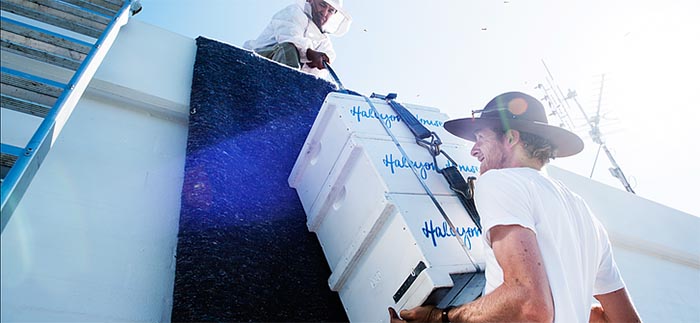
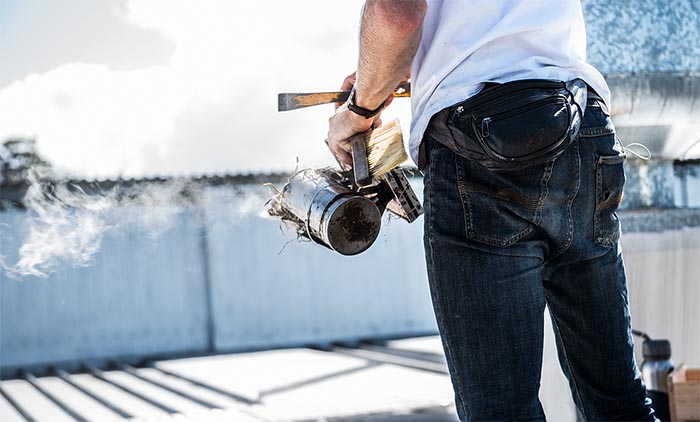
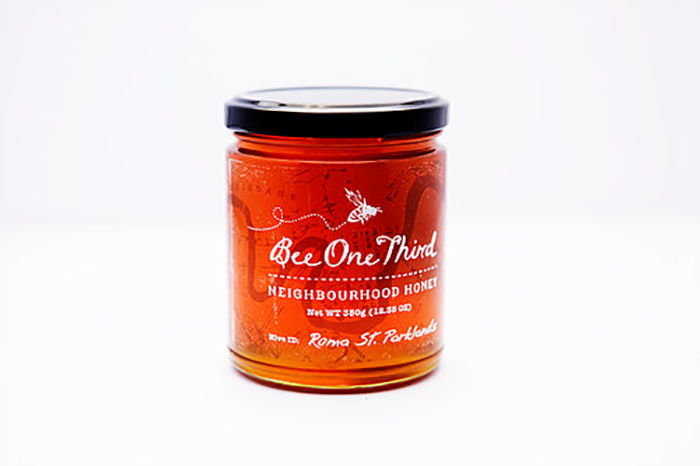
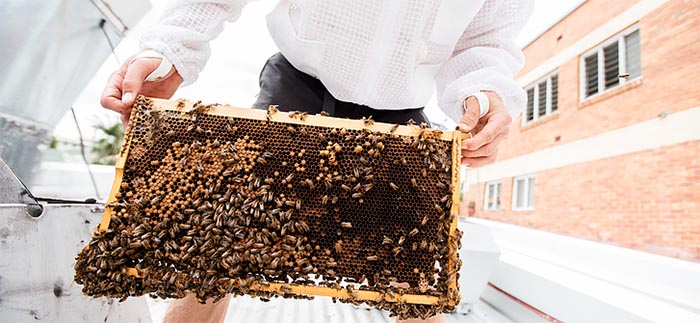

Discover more about this inspiring project and bring Bee One Third into your own home at beeonethird.com.
Photography by Maleika Halpin



